When I told my husband, Troy, that I was going to be writing a piece about the art of dawdling, he replied, “I better read it. I don’t think I know how to dawdle.” And then after a pause he asked, “Have you ever seen me dawdle?” No, I don’t suppose I have. But maybe I’m not supposed to.
I submit that a resolution to embrace the fine art of dawdling may just be the antidote to the disease of busy that has overtaken over our culture. One used to meet up with an old friend and ask, “How are you?” And get a little recap of how that person has actually been. Today, when we ask how someone is, it’s quite common to get back a “BUSY!” Yes, of course. Busy.
I admit, it’s a pet peeve of mine. And isn’t that what the the writer’s prerogative is all about? I’m not asking about the tempo of your life, I’m asking about you. I’m interested in you. Tell me about you.
We’ve come to somehow equate worth with how harried we are. We are the VIPs of our own little worlds, engrossed in the importance of our serious affairs. Busy! So busy! To me, this busyness is evidence of a mismanaged life. If all I can say to someone when they ask me what’s happening in my life is, “BUSY!” I’m doing a poor job of it. It’s like a thermometer with the temperature climbing, a little tell of something going askew.
We can have much to do, deadlines and meals and kiddos and never ending tasks, but that doesn’t mean we need to feed the busy monster. We don’t have to allow frenetic energy to drive us into that whirlwind of tasks. It’s not helpful. I’ve learned that my perspective truly does determine how I show up in my life. Who I am to my people. How I experience my time here. By a shift in that perception - say from focusing on the overwhelm to one of gratitude, everything changes.
For that, I have come to rely on my practice of dawdling. To dawdle, according to my 1934 dictionary, is to “waste time in idle lingering or sluggish semblance of activity”. The antonyms are to bustle, flutter, and hurry. Perfect! Those antonyms are everything I’m moving away from when I dawdle. But, “Idle lingering”? Yes, that’s it. That’s my proposal - more idle lingering in defiance of the fast glossing of rote learning.
I often get asked how I learned about herbal medicines or cooking or medicinal mushrooms and I try to rustle up a few resources for people because I understand that this is what they’re looking for. But, it’s not entirely honest. The truth is, the important stuff of what I’ve learned in my life came from the doing and the doing came from the taking time to do. I have taken some wild plant medicine courses, read books, and asked questions of people more versed than I, but the truth of it is that I have learned far more just trudging along at a snail’s pace in the wilds observing with a childlike mind.
There is hardly anything more calming and connecting for me than to head into a forest, get off the trail and allow myself to get lost for a time. I take a few steps and look all the way to the tops of the trees and then down into the soil. I examine the formation of moss on a rock and the intricate patterns a sapsucker has left in the skin of a cedar. I marvel at the engineering of a little bird’s nest so securely sutured to the tiny twigs of a tree. I lean my head against an old sugar maple and close my eyes. What comes comes. I have nothing to do but be. I belong in this world now and in this world, a snail’s shell is a treasure and the scar on an ancient tree is worth tracing with your fingertips.

When friends come on walks with me, we stick to the trail and walk with intention while we talk. It’s nice to be outside, nice to be in the fresh air during the glorious colours of autumn’s leaves. But that’s not dawdling. There’s intention there, a path to follow and walk. Yes, I’m outside, but I’m not part of, I’m just dipping in, experiencing it but not of it. Lingering, with no agenda, allows me to be a part of nature. When I see a new plant, I can crouch down and examine it. I can see where it likes to grow and what’s growing around it. I can take note of the season it thrives in, check back on it later to see what it looks like as it grows older and maybe flowers out. I can learn about it over time. And time, whilst dawdling, is what we have.
The same goes with the frogs and the turtles, the nest building birds and the first flight chicks. It is with the beaver ponds that raise and lower under the beaver’s ingenious management. It is just me, no longer an interloper traipsing through on my managed trails, but me, lingering, being quiet, being aware, touching the curled back skin of a birch tree and dipping my hands into the rushing creek. Each molecule of water now carrying bits of me too.
When we were homeschooling our youngest daughter, we were introduced to the concept of the “sit spot”. This was one particular area that she chose at the beginning of the school year where she could go with her pad of paper and her pencil case full of coloured pencils and, well, sit. The idea was that over a year she would come to know this place differently. She would be immersed in one singular place, come to see it as life birthed all around her in spring, grew feverishly throughout the summer, and waned in the fall before being blanketed in ice and snow in the winter. But even then, in the quiet dampening of winter’s blanket, there was life all around. We would often find little notes from our daughter on the kitchen table, “I’ve gone to my sit spot”. She would write about her observations or draw pictures of what she was seeing when she was there. She would linger.
Maybe more adults would do well to find their own little sit spot. Most of us have been raised to understand the framework of learning as what we were indoctrinated into. When we want to learn something, we take a course or read a book and through that we gain knowledge. We’ve come to understand that learning is achieved by absorbing information, but we forget that the depth of learning is determined by the doing and the practice of openness to becoming. Learning as we’ve been taught works well enough as an introduction to a skill, but coming to know something in a more meaningful and enriching way, isn’t found in instructions. It’s exactly why I have such disdain for writing out recipes. We learn so much more by considering and experimenting with intention than we do by following measures and precise directions.
Consider the following recipe from an old cookbook compared to how recipes are written today. There is no way that you and I could both follow this recipe and end up with the same meal. There are so many variables left to the imagination. There’s a trust there - surely you know how to remove all feathers carefully! And if you don’t, well, you’re about to rip some turkey skin until you figure out how.
Along the same lines is another page in this ancient cookbook (I like to collect these old goodies). I had to include this page, not because it illustrates my point all that well, but because they are making the distinction that food from the country is superior to the old stuff available in the cities. Oh my, how things have changed.
How did I learn most of what I have come to know about foraging or herbal medicines or wild fungi? Well, first I would be remiss if I didn’t say that I hardly know anything at all in the grand scheme of things. I am a babe in the woods, but there it is, I’m a babe in the woods. I let myself get lost. I surrender to not knowing. I dawdle about, bumbling around with humility and allowing myself to be wowed by the simplest of things.
Oh sure, I meditate. I meditate and I read and I have some crafts I do with my hands. Those things are lovely and calming, but there is something quite healing about walking about aimlessly, being swept up by curiosity just like you did when you were a child. In Japan, they call it “shinrin-yoku” or forest bathing. Other cultures have different names for it including walking meditation.
I prefer not to label my requiescence. I’m going nowhere and I have no objective. Show me what you want Mother Nature! Tell me what you want me to know God! Fill me or empty me. I’m just a gal on a boat out at sea, moved by your current. I surrender!
There is something to lifting up a rock just to see what’s underneath it. Something to the quality of light changing with the seasons. There is something to the hue of winter’s blue sky. There is something to the leaves decomposing on autumn’s wet earth. What are those somethings? Resonance, I suppose. That plucked string in our depths that reverberates into the ancient and sacred. A world we belong to. A people we belong to. Home. Other than that, it doesn’t matter what that something is, only that it’s there for us.
Slow down to the speed of curiosity so wonder can catch up to you.






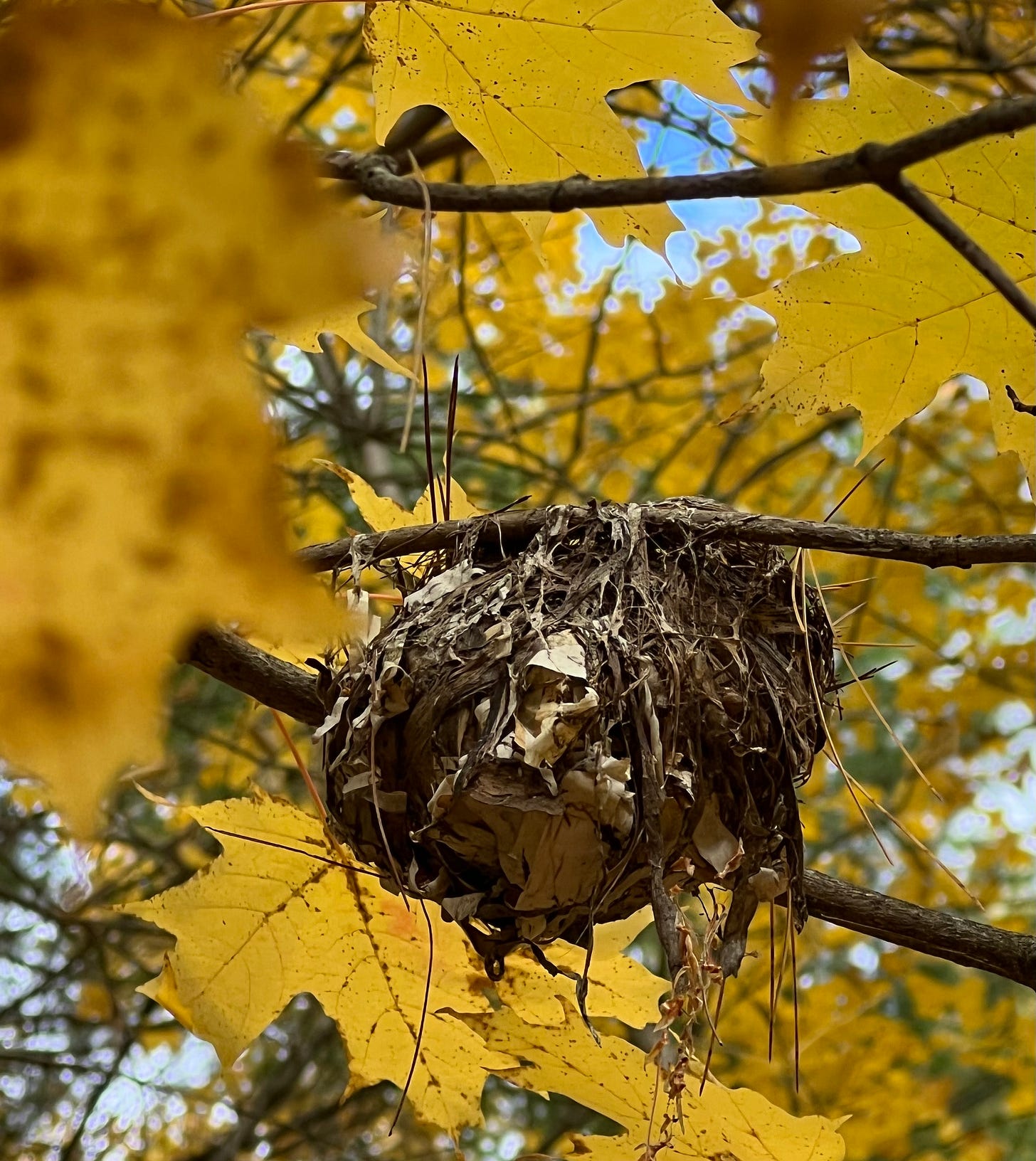
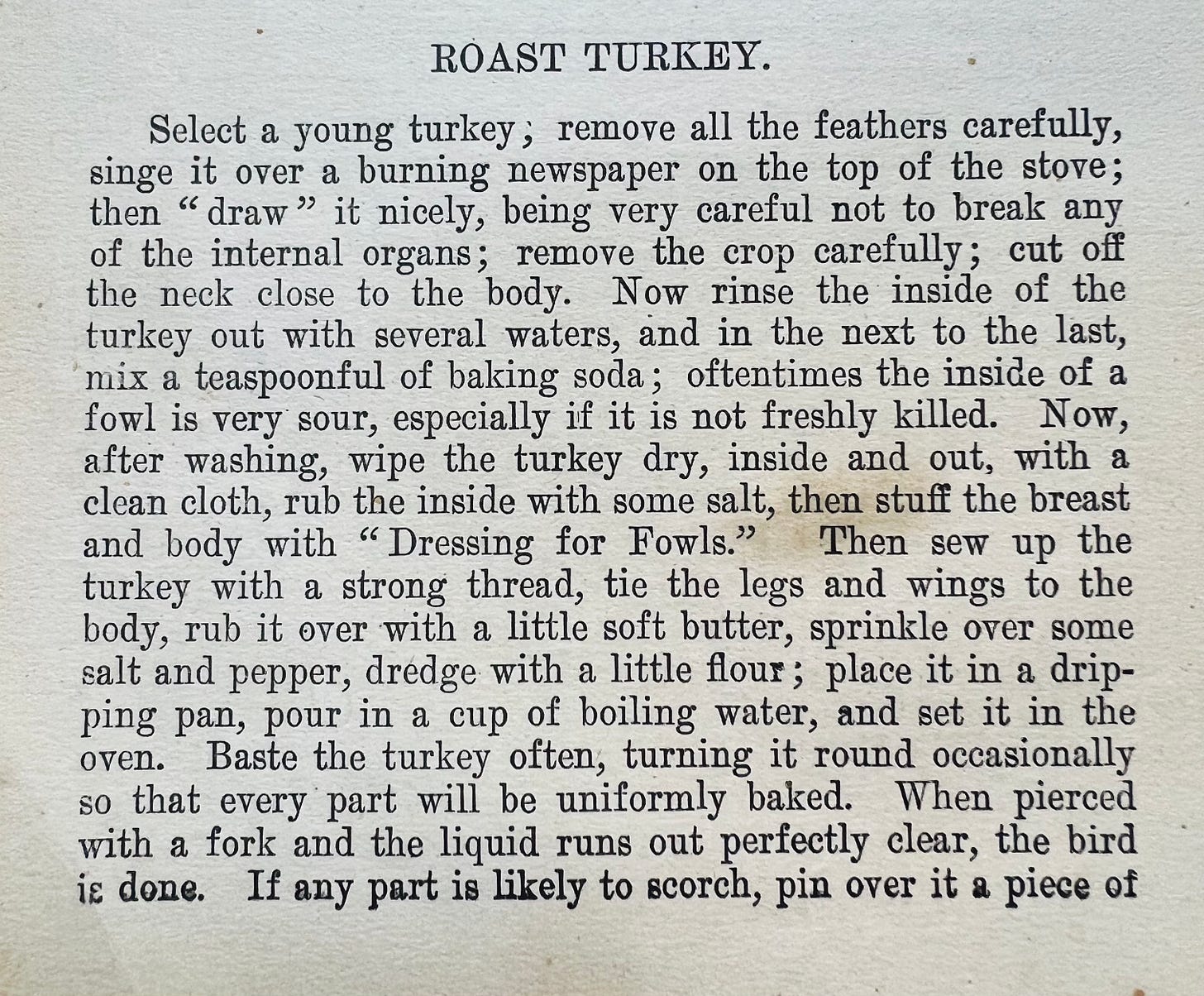

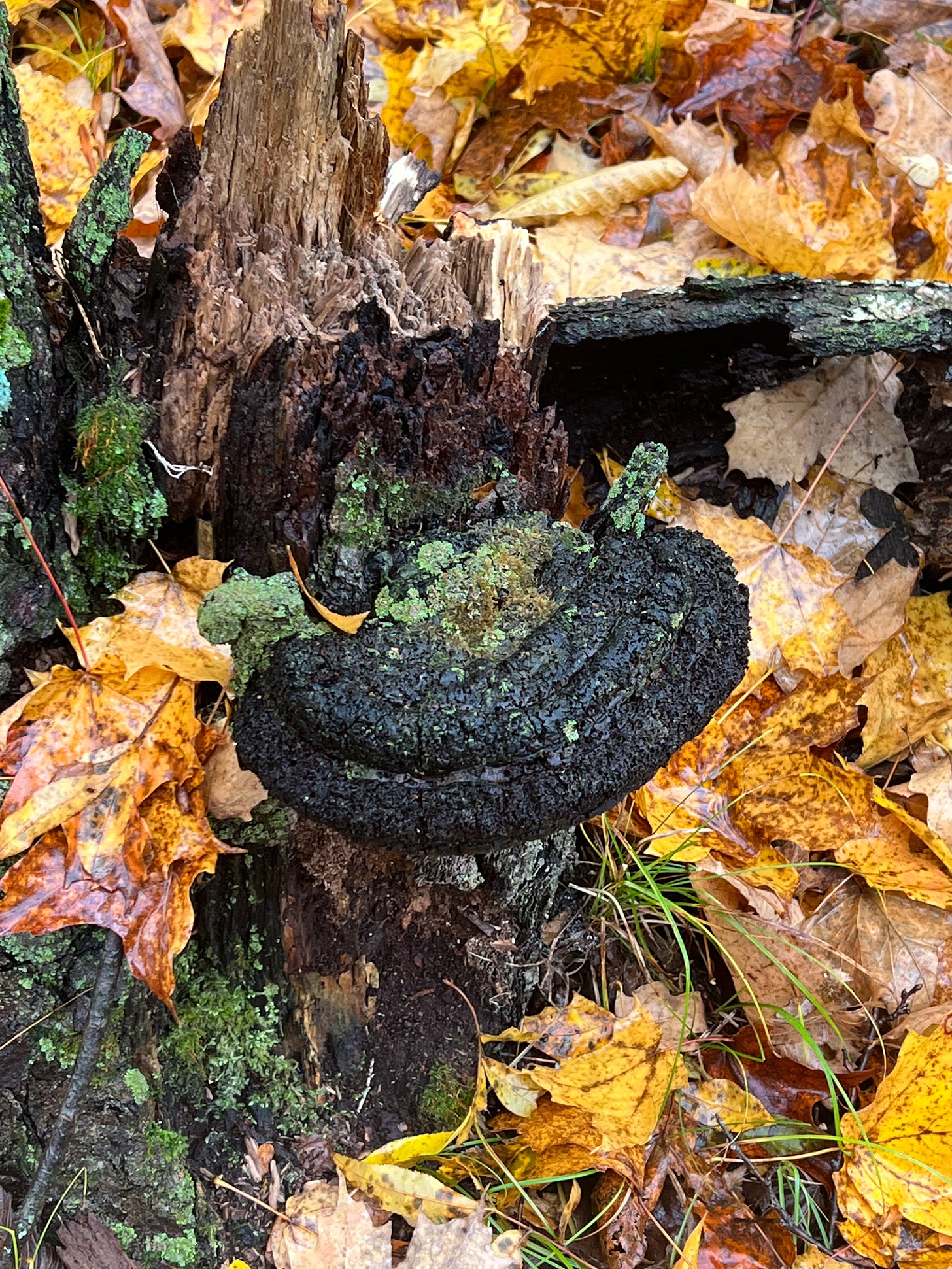

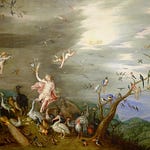



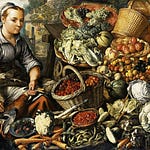


Share this post